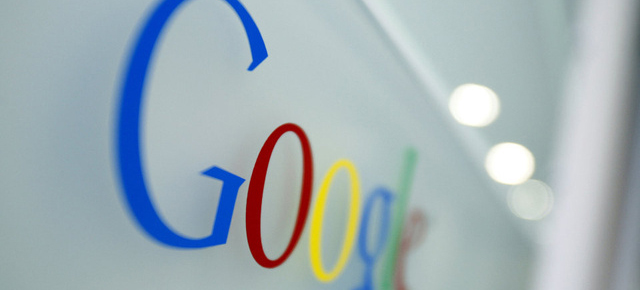We’ve all wondered excitedly about exactly what Google might be cooking up in its X lab. But now, Fast Company has taken a peek inside its workshops to found out what happens to the ideas that don’t make it off the drawing board.
In a lovely feature about what Google X does — and perhaps more importantly, how it thinks — some of the scientists behind its many and varied projects spill the beans on ideas they have had which never quite succeeded. Generally, they seem to have a cool idea, run with it for a while, and work that it’s not — yet! — feasible. So, think hover boards:
“Mag-lev” systems have a stabilizing structure that keeps trains in place as they hover and move forward in only one direction. That couldn’t quite translate into an open floor plan of magnets that keep a hoverboard steadily aloft and free to move in any direction. One problem, as Piponi explains, is that magnets tend to keep shifting polarities, so your hoverboard would constantly flip over as you floated around moving from a state of repulsion to attraction with the magnets. Any skateboarder could tell you what that means: Your hoverboard would suck.
And think space elevators:
The team knew the cable would have to be exceptionally strong — “at least a hundred times stronger than the strongest steel that we have,” by Piponi’s calculations. He found one material that could do this: carbon nanotubes. But no one has manufactured a perfectly formed carbon nanotube strand longer than a meter. And so elevators “were put in a deep freeze,” as Heinrich says, and the team decided to keep tabs on any advances in the carbon nanotube field.
And think… teleportation:
The conversation eventually drifts to how the team had at one point debated the pros and cons of taking on teleportation. Yes, like in Star Trek. As with that show’s Transporter, the molecules of a person or thing could theoretically be “beamed” across a physical distance with the help of some kind of scanning technology and a teleportation device. None of which really exists, of course. Piponi, after some study, concluded that teleportation violates several laws of physics.
Clearly, these are all crazy ideas that would probably never work — but it’s great that Google is thinking about them. What’s also nice is that all the hare-brained schemes seem to produce some tangible results too. So, for instance, the thinking about teleportation gave rise to a new encryption scheme used by Google.
It’s hardly surprising that this level of thinking goes on, given some of the brains that Google employs — which is what makes the Fast Company feature such a worthwhile read. Go check it out. [Fast Company]
Picture: AP
